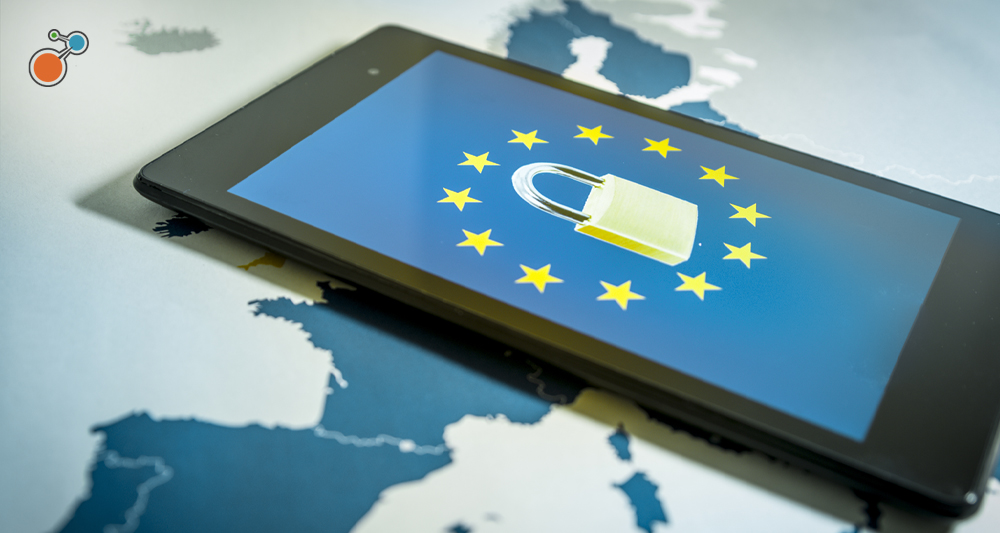Cyber security is weighing on businesses today. Not only are cyber security issues becoming more frequent and severe, they’re becoming increasingly complex—making it hard to stop such instances from occurring, especially if organizations consider IT departments to be their only stopgates.
Read, “How to Manage 3 Major Cyber Security Threats to IT Departments.”
And while it’s important to set your IT department up for success when it comes to combating data breaches and the like, cyber security cannot be the sole responsibility of IT departments —just like risk management cannot be the sole responsibility of risk management departments, and compliance cannot be the sole responsibility of, well, compliance departments. But if everything is everyone’s job, how can anyone do any job?
Integration is Key
It’s a fair question to ask. And the answer is integration. Organizations must assimilate their different departments and business units; consolidate and homogenize data or information so it’s consistent and relatable across the organization; and institute and automate processes so policies can be adhered to—-allowing you to stay on top of risks, whether they relate to cyber or anything else.
Read, “Five Symptoms Your Organization is Isolated and Needs Integrated Risk Management.”
To achieve this, however, organizations need to deploy an integrated risk management strategy that brings together all areas of risk effectively and efficiently. Further, a unified governance, risk and compliance program—supported by a unified compliance framework—should be inherent within your organization’s integrated risk management strategy.
“Read, Riskonnect acquires Aruvio, Expands Governance, Risk and Compliance Offering.”
This is because companies are constantly in a fluid state of managing risk across their enterprise. And if they are not making decisions in context of regulations or frameworks, then they are at risk.
However, organizations can still be at risk even when they are making decisions in such a context because it is a real struggle to keep up with countless regulations across a multitude of business processes and challenges—ranging from cybersecurity to conflict minerals to Sarbanes and Oxley.
But let’s consider cyber security regulations on their own for a moment. In fact, let’s consider cyber security solely within the insurance industry, just to highlight how one challenge from the perspective of one part of one industry—just a tiny piece of the puzzle—can still spur so many regulations.
Most organizations in the insurance industry must take into account:
- 45 CFR Part 164 Security and Privacy
- NIST 800-53r4
- ISO 27001
- Insurance Data Security Model Law (NAIC MDL 668)
- Standards for Safeguarding Customer Information Model Regulation (NAIC MDL 673)
- Privacy of Consumer Financial and Health Information Regulation (NAIC MDL 672)
Naturally, overlaps and gaps exist among these requirements. Plus, they are sometimes modified independent of one another. So, whereas two requirements might have been very similar in the past—allowing for the same framework to be used to implement or maintain compliance—even slight modifications could trigger a domino effect of changes to compliance frameworks.
Importance of Unified Compliance Framework
This is why a unified compliance framework is so helpful. It harmonizes all compliance requirements applicable at an organization and has the ability to:
- Extract Mandates: Define rules to extract Mandates from Citations within Authority Documents.
- Map Mandates to Common Controls: Map Mandates from all Citations to Common Controls and when necessary create new Common Controls.
- Report Mapping Accuracy: Calculate the percent of match accuracy when tagging Mandates and mapping them to Common Controls.
- Standardize Audits: Leverage a standardized structure for auditing the implementation of the Common Controls.
Without these four capabilities, unified compliance can’t take place. Nor can it take place without the right technology. Automated unified compliance tools embedded in the right integrated risk management technology are especially powerful.
Users can import their authority document selections into their integrated risk management information system. Integration between Unified Compliance Framework and the risk management information system allows users to identify and fill gaps. In addition, they can identify overlaps that will allow them to comply only one time to address multiple mandates. Auditing is also greatly simplified.
When Unified Compliance Framework and the right integrated risk management information system are integrated, users benefit from:
- A simple user experience
- Personalization
- Automation
- Robust and Flexible Analysis (gap analysis, rationalization, redundancy)
- Defensible positioning
- Reduced compliance cost
- Increased accuracy
In light of the constant wave of cyber and privacy incidents, institutionalizing regulatory risk management across the extended enterprise is critical. Those organizations that take take an integrated approach to compliance and risk management and invest in technology that can support such an endeavor will be well served.
The right risk management information system will integrate with the Unified Compliance Framework to triage, operationalize and automate regulatory change into actionable intelligence and defensible positions—reinforcing preventative defense mechanisms and resiliency.
Listen to our webinar, “Hardening Defense in Depth Cyber Risk Management Principles with Integrated Regulatory Risk Management,” to learn more.




